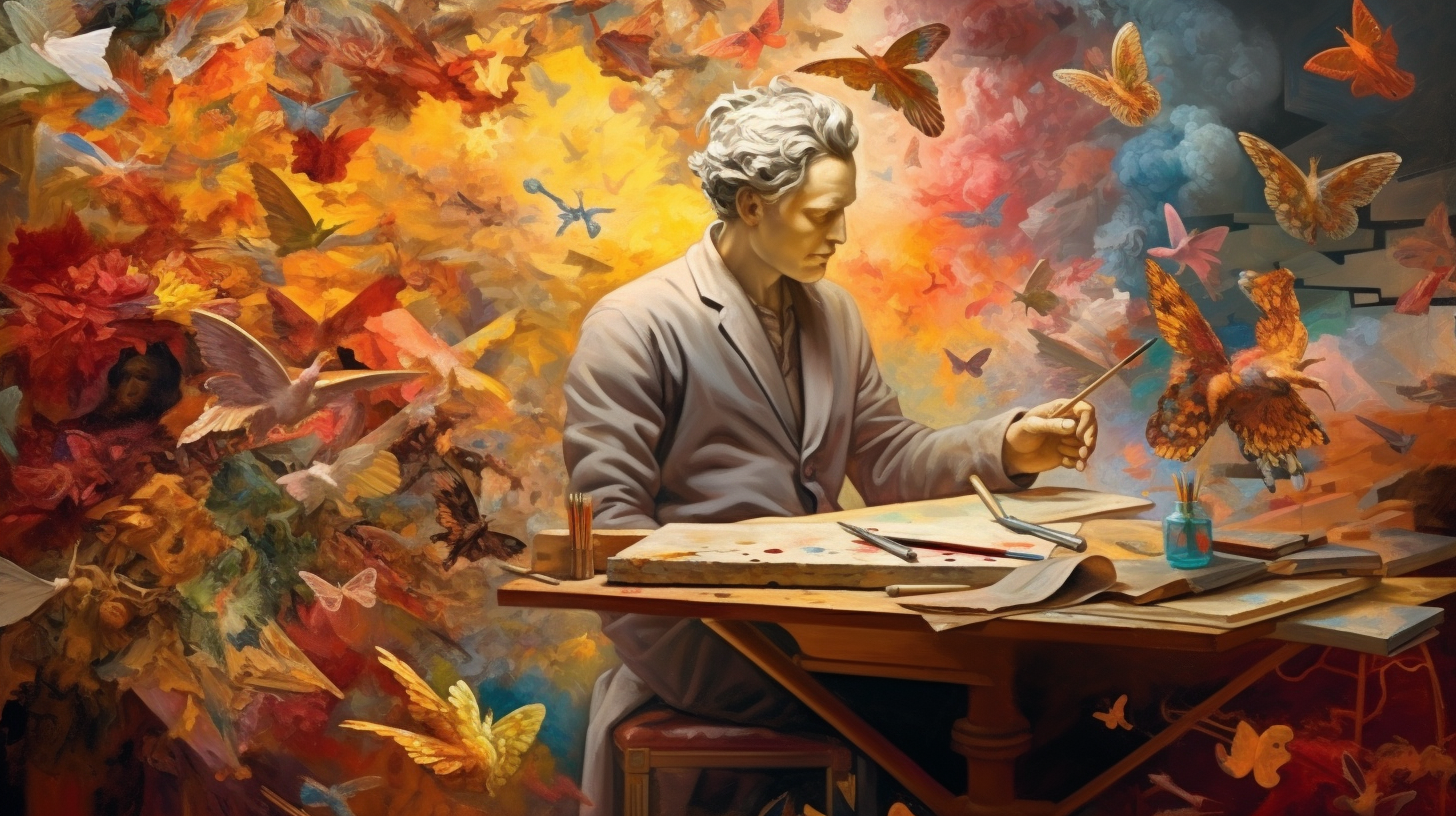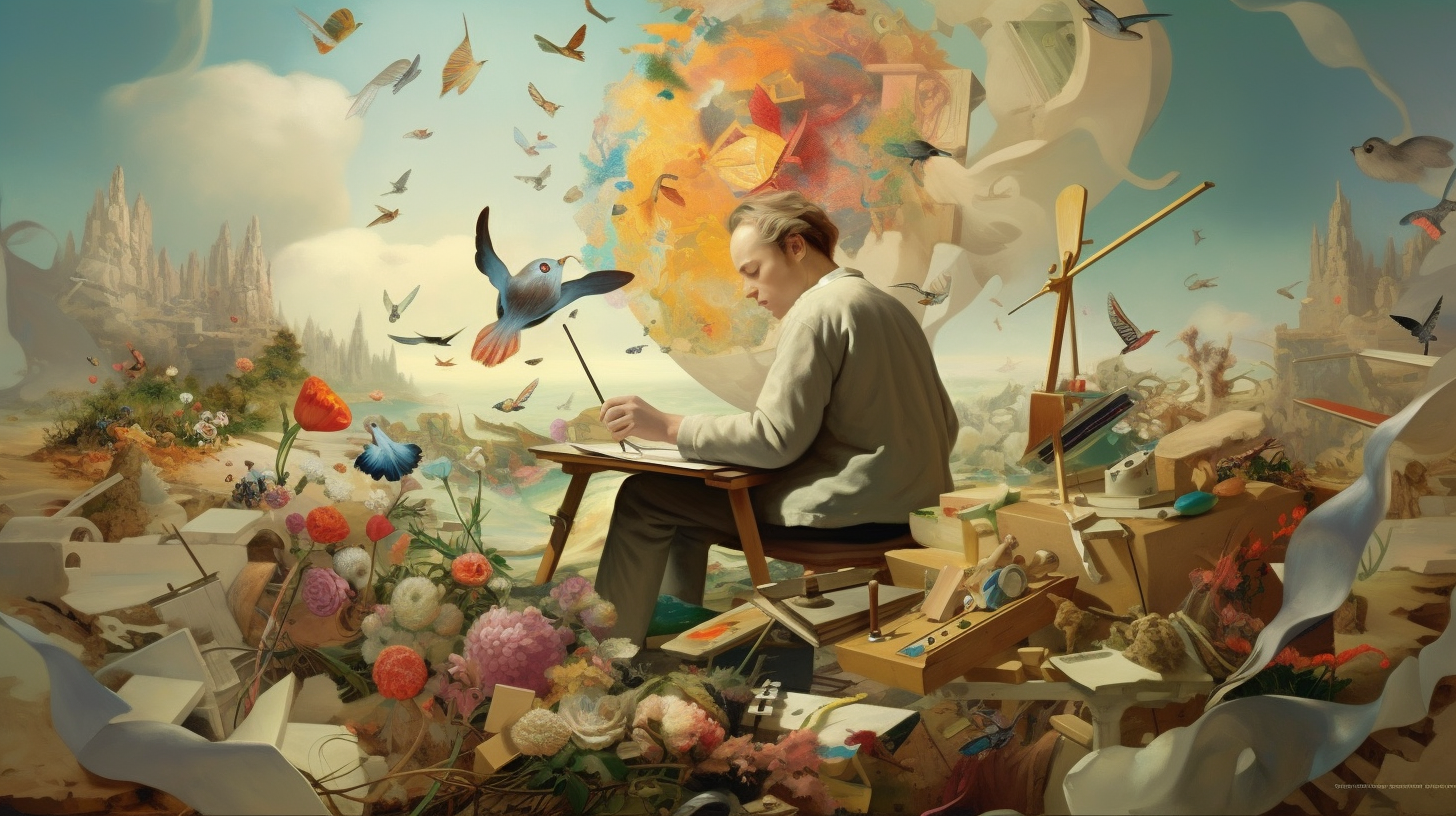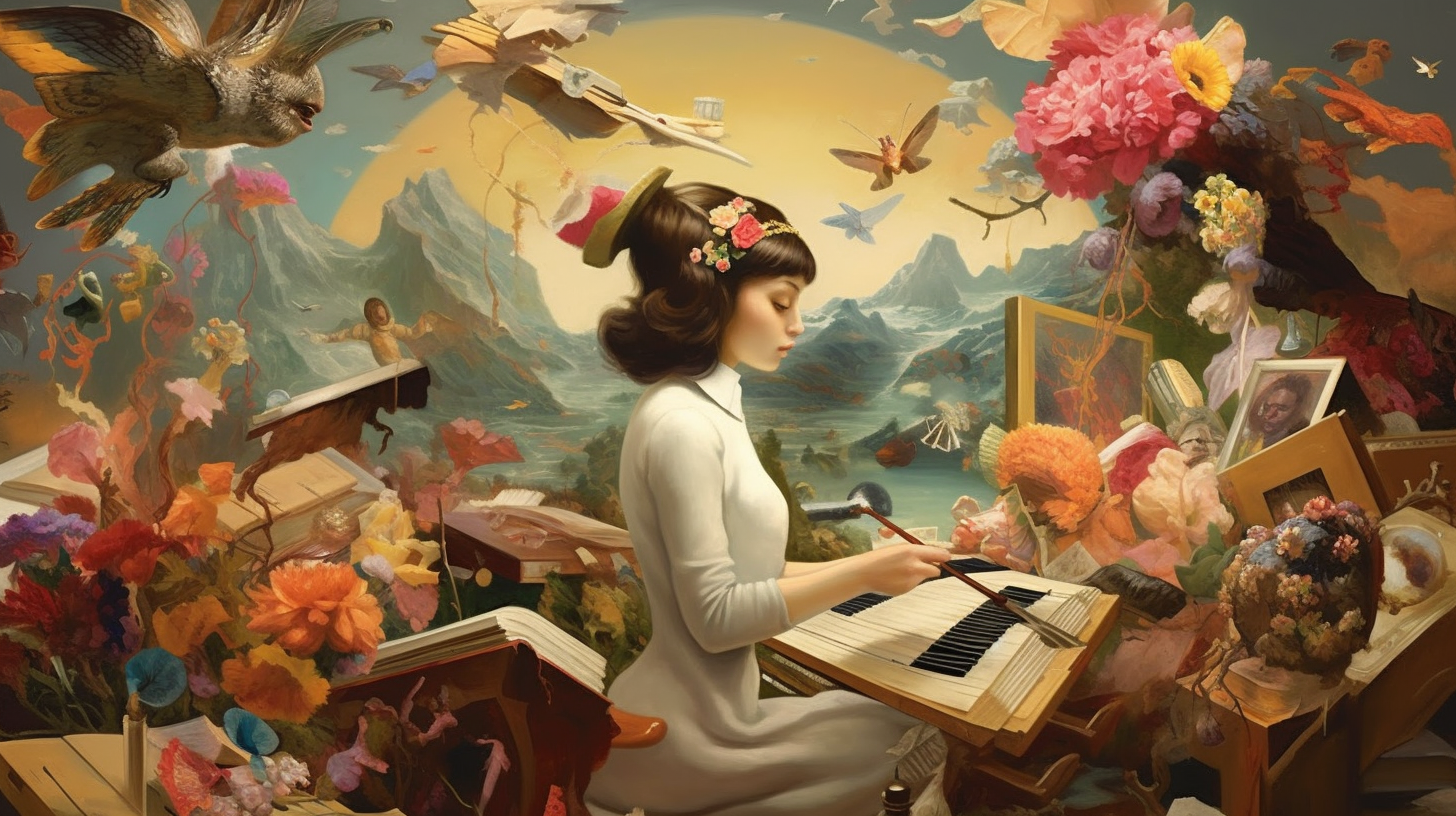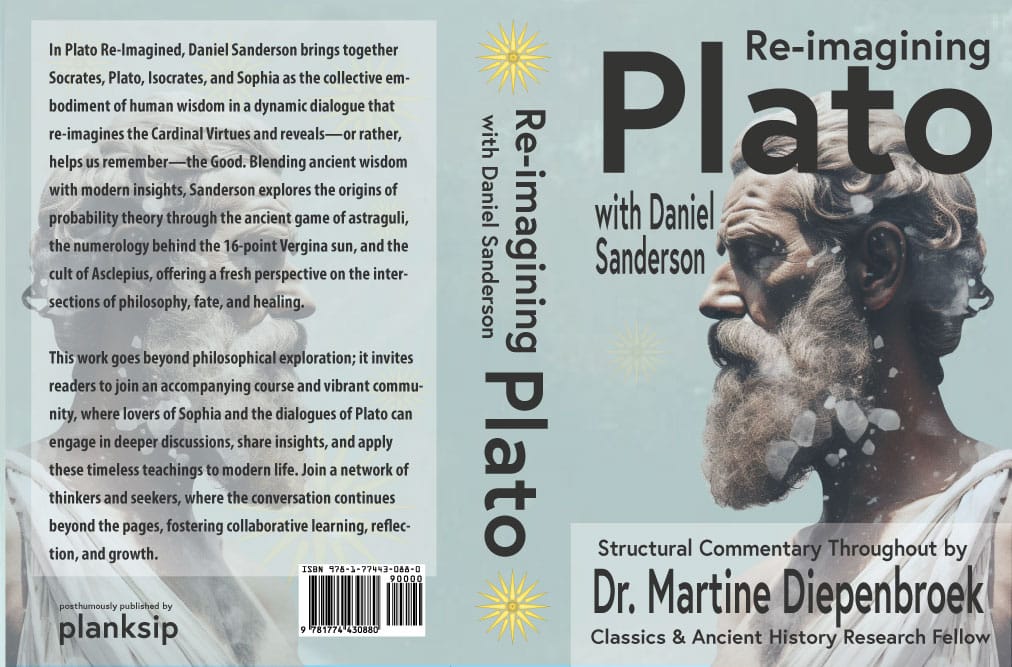The Philosophy of Art: Appreciating Creativity in a Digital World
In an era dominated by the relentless march of technology and the pervasive influence of the digital realm, it is essential to scrutinize the nature of art and challenge our assumptions about creativity. The emergence of digital platforms has revolutionized the production and consumption of artistic content, but do we truly appreciate the implications of this paradigm shift? In this critique, I aim to dismantle the prevailing notions surrounding the philosophy of art in the digital world, unmasking the illusions that often cloud our understanding of creativity and its genuine expression.

The Ephemeral Facade of Digital Art:
Digital art, hailed as a pinnacle of modern ingenuity, raises important questions about the very foundations of artistic creation. The rapid replication, modification, and distribution of digital works may dazzle our senses. Still, they also foster a sense of disposability, diluting the inherent value we assign to traditional art forms. Unlike conventional art's meticulous craftsmanship and deliberative processes, digital art often reduces its significance to mere screen pixels.
The profound essence of art lies in its ability to convey meaning and provoke emotions, not merely as an aesthetic pastime but as a medium for critical reflection. Unfortunately, the digital realm, with its transient and transiently consumed content, tends to impede the contemplative engagement necessary for such a profound experience. Scrolling past countless images or videos can encourage superficiality and discourage the deep and immersive interaction that art demands.
Analog Art: Enduring Authenticity and the Triumph of Technique:
To fully appreciate the magnitude of digital art's challenge, we must revisit the foundations of traditional artistry. Throughout history, masters of analog art have demonstrated an unwavering commitment to their craft, imbuing their works with lasting significance and a timeless quality. For instance, the artistic disciplines of painting, sculpture, and literature demanded meticulous technique, patience, and an intimate understanding of the medium. These qualities fostered an enduring authenticity that can be lost in the transience of digital creation.
The advent of digital tools may facilitate the ease of creation, but they also dilute the rigor and discipline demanded by traditional artistic practices. In an age where the "undo" button reigns supreme, correcting errors has become trivialized, contributing to a lack of accountability and an erosion of craftsmanship. The pursuit of perfection, which once drove artists to refine their skills, is now overshadowed by the allure of instant gratification and experience.

The Myth of Infinite Replication:
One of the most pernicious misconceptions of digital art is the fallacy that it can be infinitely replicated without diminishing its value. This notion conveniently overlooks the power of scarcity and exclusivity, which have long been critical elements of the art market. The rare and unique nature of a physical work of art has traditionally contributed to its allure and mystique, enhancing its value as a cultural artifact. By contrast, digital art's inherent replicability threatens to commodify the very essence of creativity, rendering it a mere product of consumption.
Moreover, the digital sphere's infinite reproducibility often diminishes the artistic experience. The proliferation of countless replicas dilutes the impact and aura of the original creation, resulting in a numbing effect on the viewer. This phenomenon denies art its ability to incite profound emotions and hinders the formation of deep connections between the artist, the artwork, and the audience.
The Paradox of Authenticity and Creativity:
The quest for authenticity becomes more elusive in a digital world inundated with imitations. The proliferation of filters, editing tools, and digital enhancements creates a false sense of creativity, blurring the lines between genuine artistic expression and technological manipulation. The allure of effortless creativity, as afforded by digital means, threatens to overshadow the value of an artist's unique perspective and originality.
Furthermore, the overwhelming abundance of digital content exacerbates the challenges faced by emerging artists seeking recognition. The digital revolution, though democratizing in its intentions, has inadvertently spawned an environment where creative voices are drowned amidst a cacophony of noise. As a result, genuine talent and artistic merit often struggle to rise above the masses, stifled by digital engagement's superficial and transient nature.

Conclusion:
The advent of the digital world has undoubtedly reshaped our perception and consumption of art. However, as we navigate this new landscape, we must remain vigilant and critical of the illusions it perpetuates. The philosophy of art demands a deep engagement, fostering introspection and emotional resonance, which can often be overshadowed in the digital realm. Let us not succumb to the allure of instant gratification and superficial consumption but preserve the enduring authenticity, profound significance, and irreplaceable value that have defined art history. Only then can we truly appreciate the boundaries of creativity, both in the digital mirage and beyond

Plato Re-Imagined
This course offers 32 comprehensive lectures exploring most of Plato's dialogues. These lectures guide students toward a consilient understanding of the divine—a concept that harmonizes knowledge across disciplines and resonates with secular and religious leaders. As a bonus, Lecture #33 focuses on consilience, demonstrating how different fields of knowledge can converge to form a unified understanding.






